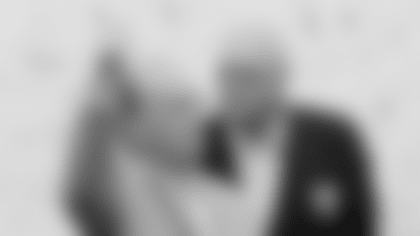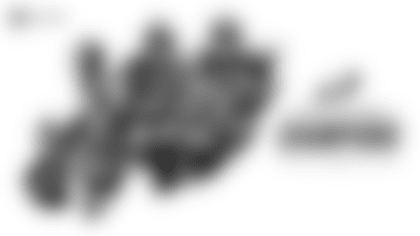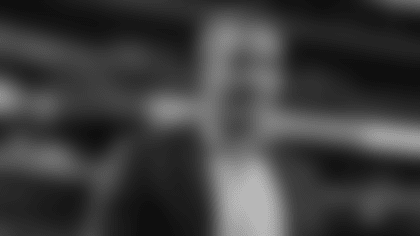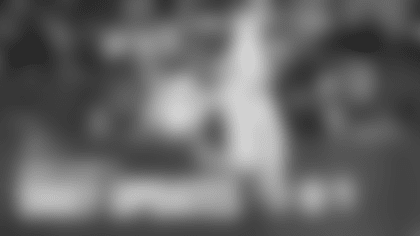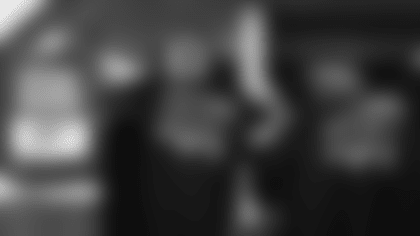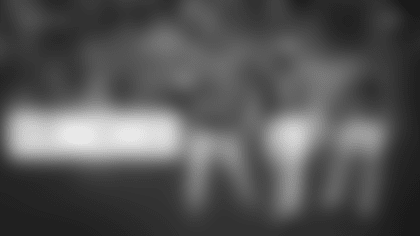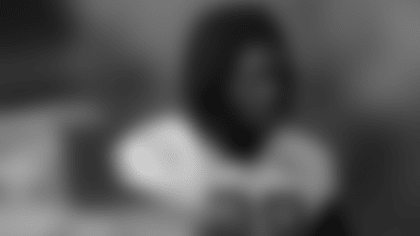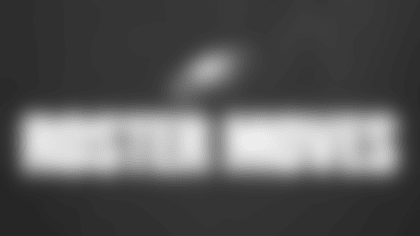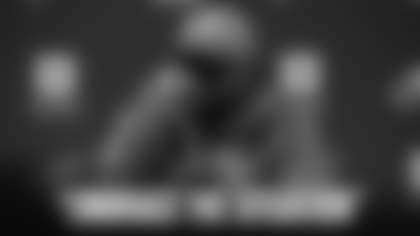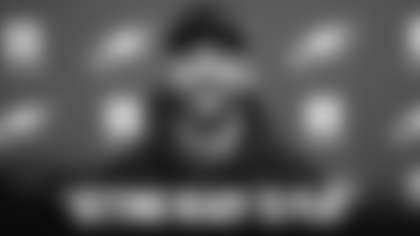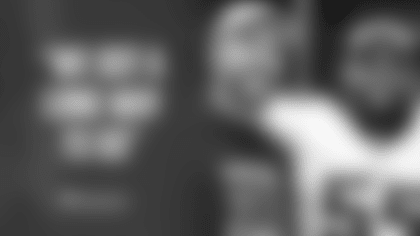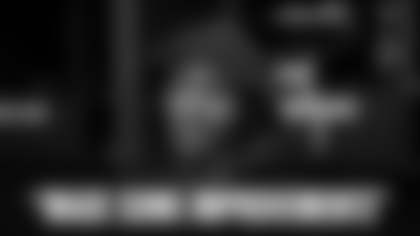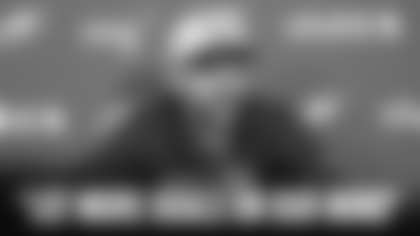*In this feature, Football 101, NFL officials help explain and clarify some of the rules that impact the game. This week, umpire Tony Steratore and back judge Tony Michalek detail what indicates roughing the passer.
*
Summary From The Official NFL Rule Book - Rule 12, Section 2, Article 9
The official rulebook states that there are five elements that constitute roughing the passer:
- Roughing will be called if, in the Referee's judgment, a pass rusher clearly should have known that the ball had already left the passer's hand before contact was made.
- A rushing defender is prohibited from committing such intimidating and punishing acts as "stuffing" a passer into the ground or unnecessarily wrestling or driving him down after the passer has thrown the ball, even if the rusher makes his initial contact with the passer within the one-step limitation provided.
- In covering the passer position, Referees will be particularly alert to fouls in which defenders impermissibly use the helmet and/or facemask to hit the passer, or use hands, arms, or other parts of the body to hit the passer forcibly in the head or neck area.
- A defensive player is prohibited from clubbing the arm of a passer during a pass or just after a pass has been thrown; however, a defensive player may grasp, pull, or otherwise make normal contact with a passer's arm in attempting to tackle him.
- A rushing defender is prohibited from forcibly hitting in the knee area or below a passer who has one or both feet on the ground, even if the initial contact is above the knee.
The Official Point of View
"You have the step-and-a-half rule first," Michalek explained. "Timing is key. Also, the force of the hit is important. On our written exams, we know we're not going to have a written exam that says "it glances his head." It used to be, a few years ago, if it touched the head, we're throwing a flag. Then they softened it up a little bit and said, if there's a glance, depending on if it comes off to the side of the head - we see what the force is. Glancing and getting his head down a little bit, that's a foul."
"Referees get to the point where they can feel the timing," Steratrore said. "The referees know when the ball's away what a step and a half feels like in real time, whether you're late or early. And the other part is that, with the head and the neck area, we're going to be sensitive to that. The kind of hit that you could put on a quarterback's shoulder or torso would be legal, but if that same amount of force was put to the neck area, you would have a foul."
"The other issue is how the defender hits the quarterback," Michalek detailed. "Is the defender's head down? Even if you hit them in a legal zone, if the defender comes in with his head down and hits [the quarterback] with the crown of his helmet, we've got a problem.
"A lot of times, you see that the referee's flag doesn't come out right away. You replay what you just saw - he hit him in a legal zone, but wait, he hit him with the crown of his helmet. That's why you see it."
Last week, umpire Tony Michalek detailed what constitues what constitutes as holding by an offensive player.


